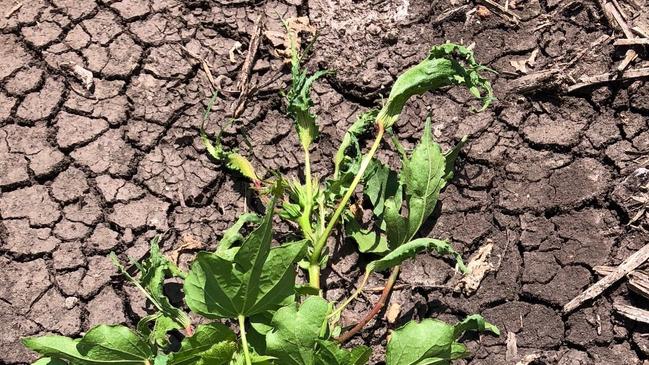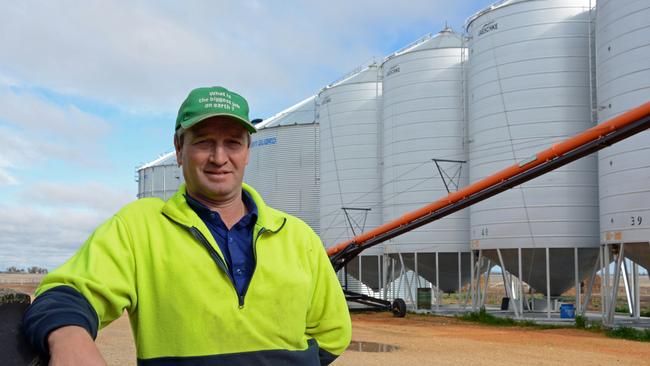Spray drift: Millions in damage, $85,000 in fines
Fines for wrongly applied herbicides in NSW have totalled just a fraction of the damage bills and growers are calling for change.
Just $85,000 in penalties have been handed out in NSW for spray drift offences in four years, despite damage bills totalling tens of millions of dollars.
Figures provided by the NSW Environment Protection Authority show $85,150 in fines have been issued since September 2018 for 53 offences, at an average of $1600 each — a small fraction of damage bills.
Climatic conditions this summer have created a “perfect storm” for chemical sprays to drift tens of kilometres through the air and into neighbouring fields, if operators don’t follow rules for when and how to apply them.
Cotton growers, whose crops are particularly sensitive to herbicides, have reported moderate to severe spray drift stretching from the Darling Downs in southern Queensland to Dirranbandi, Mungindi, Gwydir, Lower Namoi, Walgett, the Macquarie Valley and the NSW Riverina. Conservative estimates put total cotton losses this season in the tens of millions of dollars.

Growers say authorities must give tougher penalties for wrongly-applied herbicides and put “boots on the ground” to stop operators flouting the rules.
Mixed farmer and Summit Ag consultant Emma Ayliffe told the Weekly Times spray drift had wiped out 80 per cent of a 120ha cotton crop on a Riverina property belonging to one of her clients, with losses estimated at $670,000.
“To get that last percentage of people to change, someone has to get caught and have the book thrown at them. And until they feel financial pain themselves, they aren’t going to change how they operate,” she said.
On cool summer nights this year, when cool layers of air overlaid by warmer layers created what are known as inversion events — ideal conditions for fine herbicide particles to drift sideways and carry across the countryside — the Riverina was humming with tractors, she said.
“If you were the EPA driving around, you’d be able to pull up one of those guys and say, ‘Oh, What are you doing? What are you spraying? You could physically go and catch them if you had boots on the ground’,” she said.
Without proactive monitoring, it was up to growers to report spray drift to authorities, but the social tension and conflict that could follow someone reporting a neighbour could simmer for decades, and many weren’t willing to take the risk.
NSW Farmers agriculture science committee chair Alan Brown said the vast majority of spray drift events went undetected and unreported.
“In my travels, I regularly see chemical overspray. There could be 100 instances for every one that is reported,” he said.
National Toxics Network co-ordinator Jo Immig said it wasn’t only agricultural crops affected, with Landcare groups across NSW reporting withered, struggling native vegetation.

Grain Producers Australia southern region director and chair of the national working party on pesticide application Andrew Weidemann said a range of options were on the table to limit spray drift damage, including mandatory education programs, licensing, and chemical exclusion zones, which were already in operation in some parts of Victoria.
The NSW EPA did not comment on whether fines had been handed out this season, but said EPA officers were on the ground carrying out inspections in Moree Plains, Narrabri and Walgett, and were soon to visit Macquarie Valley and Grafton.
Queensland‘s Department of Environment and Science, which monitors pollution and fish kills as a result of spray drift, confirmed it had not been involved in any spray drift prosecutions over the past five years. That state’s Department of Agriculture and Fisheries, which monitors agricultural chemical misuse, did not respond by deadline.





